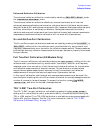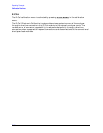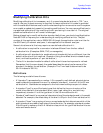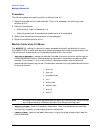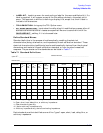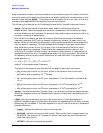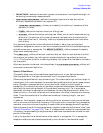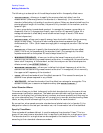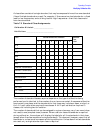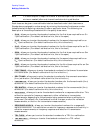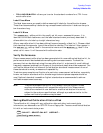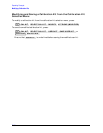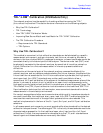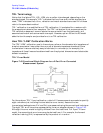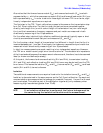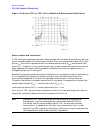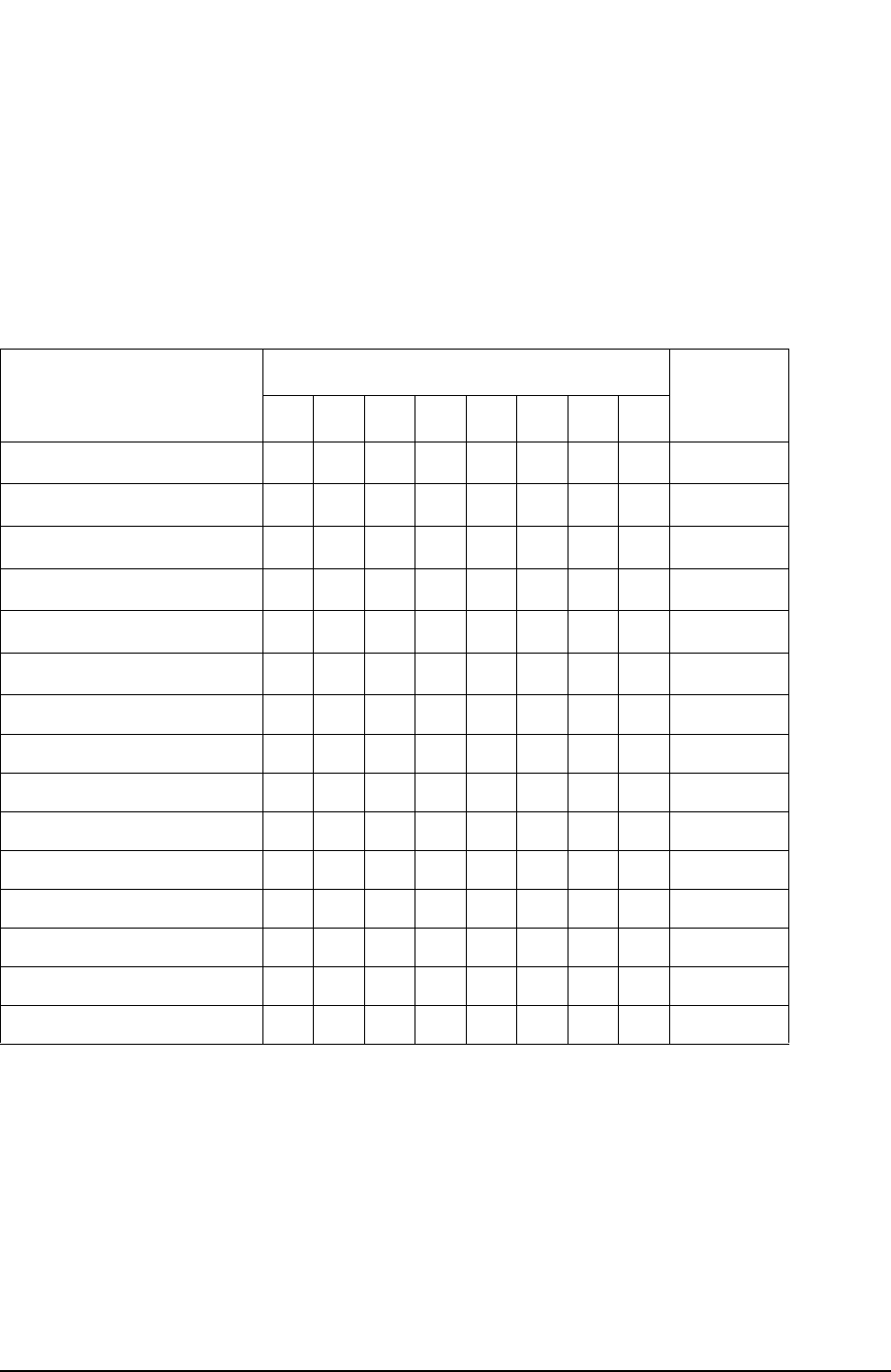
7-63
Operating Concepts
Modifying Calibration Kits
A class often consists of a single standard, but may be composed of more than one standard
if band-limited standards are used. For example, if there were two load standards—a fixed
load for low frequencies, and a sliding load for high frequencies—then that class would
have two standards.
The number of standard classes required depends on the type of calibration being
performed, and is identical to the number of error terms corrected. A response calibration
requires only one class, and the standards for that class may include an open, or short, or
thru. A 1-port calibration requires three classes. A full 2-port calibration requires 10
classes, not including two for isolation.
The number of standards that can be assigned to a given class may vary from none (class
not used) to one (simplest class) to seven. When a certain class of standards is required
during calibration, the analyzer will display the labels for all the standards in that class
(except when the class consists of a single standard). This does not, however, mean that all
standards in a class must be measured during calibration. Unless band-limited standards
are used, only a single standard per class is required.
Table 7-2 Standard Class Assignments
Calibration Kit Label: _______________________
Disk File Name: _________________________________
Class Standard Reference Numbers Standard
Class
Label 1 2 3 4 5 6 7 8
S
11
A
S
11
B
S
11
C
S
22
A
S
22
B
S
22
C
Forward Transmission
Reverse Transmission
Forward Match
Reverse Match
Response
Response and Isolation
TRL thru
TRL reflect
TRL line or match



